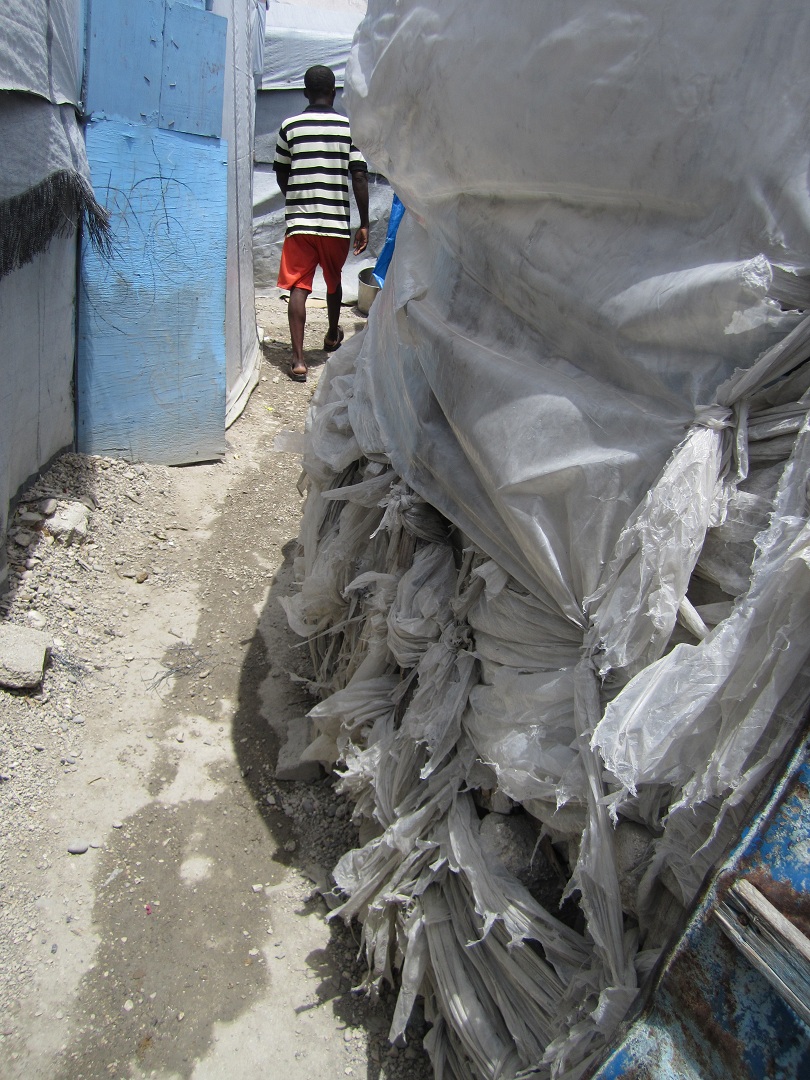What is the "built environment?"

Buildings, infrastructure, alterations to nature: all human-caused environmental conditions are part of the built environment (BE). The BE can exist as all-encompassing (entirely human-created environment, such as inside of an airport), as an extension from our civilization (trails through the woods), or anything in-between (our usual NOLA environment: cityscape with elements of nature poking through, people trying to control it).
The phrase "built environment" is passive, begging the question "built... by who?" Who are the major players within the lifecycles of structures? Taking from
John FC Turner's catchphrase "housing as a verb", we realize that our environment is not static and lifeless, but an ever-evolving product of
creators, controllers, and users.
These three entities are not always separate, as an inhabitant of a
house helps to create the space as well as control how it is used,
fulfilling all three roles. On the same point, a bank may loan money to
fund the physical creation of a house and eventually foreclose on the
house if the money is not paid back, giving it the identity of "creator"
and "controller" (but not necessarily "user", as evidenced by the large
amount of vacant foreclosed homes, depending on your definition of
"use").
 |
| Housing By People
(John FC Turner 1976) sorts out creation, control, and use dynamics in
self-governing and centrally-administered housing systems. |
The BE can be influenced through creation, control, or use by various
ACTORS: actual humans, natural factors, human entities, human constructs. Natural factors such as termites, sunlight, heat, need for nourishment, and hurricanes all shape what we inhabit and how we do so, as they are near-undeniable presences in our world.
Human entities are
formal and informal groups of people defined by some common trait, whether a corporation, a mass of striking teachers, a class of children at recess, an ethnic group, or a brass band parading down Broad St.
Human constructs include things external of our physical being such as laws, building codes, banks, finances, prejudices, desires, and obligations.
 |
| A measure of resources available in several living situations, each one with different types of creation, control, and use (also from Housing By People). |
By focusing on the actors present in any environmental situation and
how they act (thru creation, control, or usage of the environment)
to provide access to resources for living, we have a starting point for who is affected by a given environment and how. This study of power dynamics that are present in the
past, present, and future of a space helps to shed light on ideals that run a society.
“Houses are microcosms of the bigger society and provide, by
virtue of their molding and shaping walls, the context in which other aspects
of culture are learned” – john Michael vlach
















